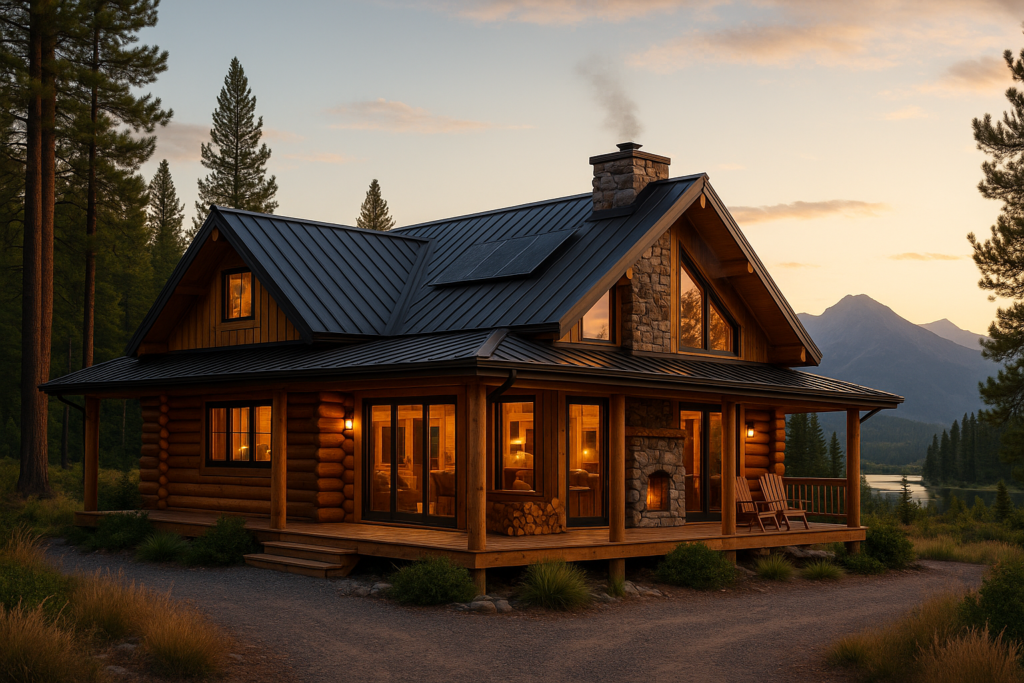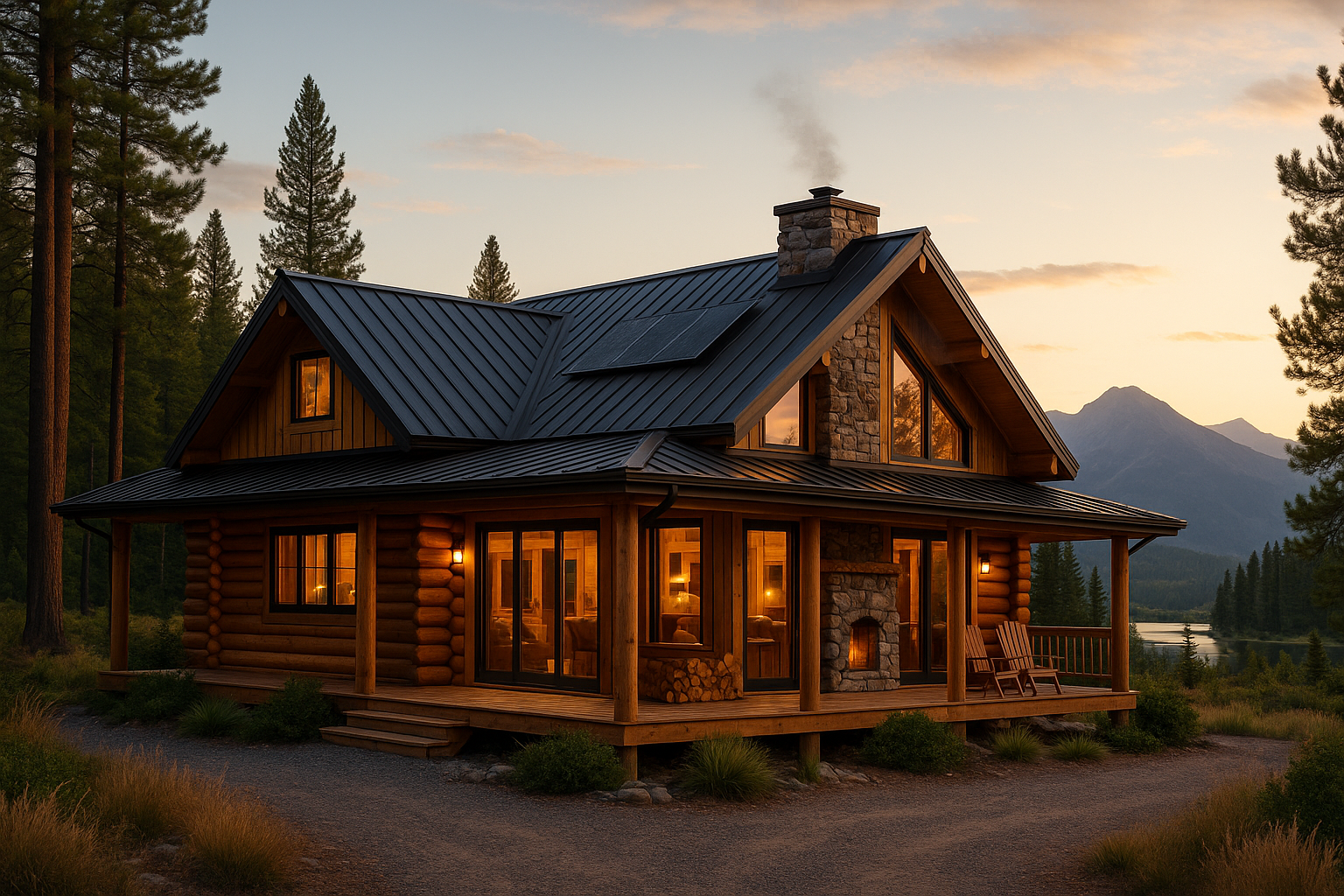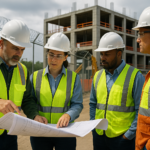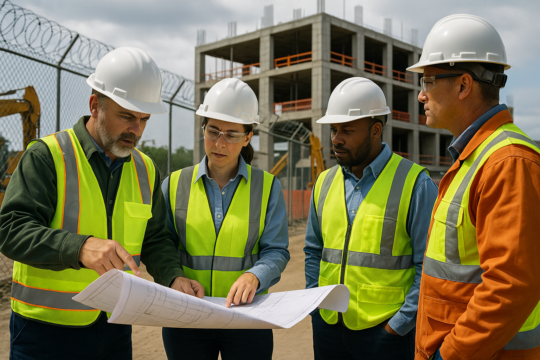Table of Contents
Understanding Your Space Requirements
Choosing the right size for your log cabin kit starts with clearly understanding how much space you need. This decision isn’t just about square footage—it’s about aligning your cabin with your lifestyle and future goals. Whether your dream is a cozy weekend hideaway or a family residence deep in the woods, evaluate the intended use and number of regular occupants. Tools and floor plan ideas from companies like Frontier Log Homes offer an excellent starting point for visualizing different cabin layouts, helping families determine what size and design match their lifestyle.
For couples, a compact retreat might offer all the needed comforts without unnecessary excess. Meanwhile, families—especially those who enjoy hosting—may need additional bedrooms or a larger communal living area. Consider your daily routines and any unique hobbies or storage needs that may impact the amount of practical space you need.
Evaluating Room Necessities
Once you’ve determined your general space requirements, the next step is to list your essential rooms. Most log cabins include bedrooms, a kitchen, a living area, and at least one bathroom. But will you need a dedicated workspace, mudroom, or guest accommodations? Reflecting on how you plan to use each area—like separate sleeping quarters for privacy or an open-plan kitchen-living space for gatherings—ensures that the finished cabin supports your daily life.

Considering Future Expansion
Flexibility is vital, especially if your needs change over time. Designing your cabin with future expansion in mind can save substantial time and costs if circumstances shift. Many owners begin with a core structure, adding rooms or extra stories as families’ needs evolve. Modular log cabin kits often support phased construction, making future extensions straightforward and harmonious with the original design.
Budgeting for Your Cabin
Budget is a cornerstone in the decision-making process. While it’s tempting to dream big, balancing aspiration with practicality is key to a smooth build. Larger log cabin kits require greater upfront investments—not just for materials but also for construction, foundation, utility hookups, and ongoing maintenance. When estimating total costs, consider interior finishes and accessory buildings like garages or porches.
Maximizing Space Efficiency
Smart design choices can make small or midsize cabins feel much larger. Open floor plans eliminate barriers, creating a sense of spaciousness and easy flow between common areas. Incorporating multifunctional furniture, such as fold-out sofas or dining tables with storage, helps utilize every inch. Built-in solutions—like window seats, overhead lofts, and under-bed drawers—add much-needed storage and keep clutter at bay.
Understanding Log Cabin Kit Sizes
Small Log Cabin Kits
Cabins under 500 sq. ft. are perfect for individuals or couples seeking simplicity. These efficient spaces typically include one bedroom, a bathroom, and a combined kitchen/living area. Their smaller footprint makes them easier to maintain, heat, and furnish.
Medium Log Cabin Kits
Medium-sized cabins—from 1,000 to 2,000 sq. ft.—balance coziness and creature comforts. These often feature two or three bedrooms, multiple baths, and generous communal areas, ideal for families with children or those who regularly host guests.
Large Log Cabin Kits
For extended families, those who work from home, or frequent entertainers, cabins over 2,000 sq. ft. provide the flexibility of extra rooms and larger social spaces. These plans can easily accommodate home offices, game rooms, or expansive porches for indoor-outdoor living.
Consulting with Professionals
Don’t underestimate the value of professional experience in the planning phase. Skilled log cabin builders and designers help convert your wish list into workable plans that maximize comfort and long-term durability. They ensure that your ideas align with local codes, zoning regulations, and the realities of site conditions, saving you costly mistakes and delays down the road. Consulting early in the process provides peace of mind and often unlocks creative solutions you may not have considered.
Finalizing Your Decision
Sizing your log cabin kit is a pivotal step toward creating a space that feels like home. By evaluating your needs, planning for the future, and making the most of your budget and available space, you’ll end up with a cabin that serves you well for years to come. Devoting additional time to upfront planning—rather than making hasty adjustments later—ensures your log cabin kit perfectly suits your vision and lifestyle.


